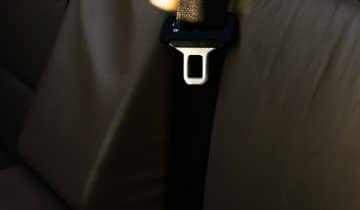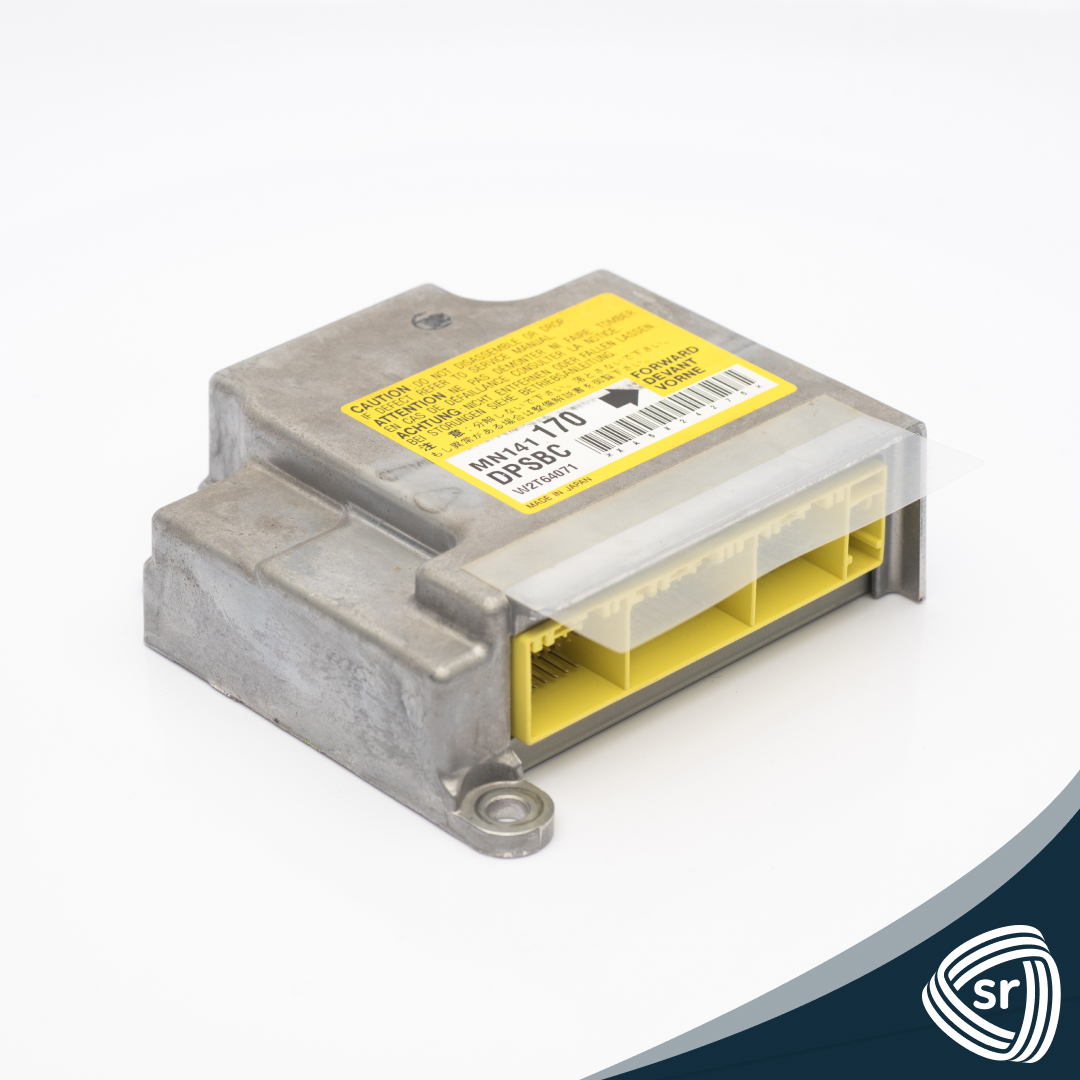Seat belts provide all drivers and passengers with maximum protection. In the event of an accident, seat belts are designed to absorb impact energy and reduce a passenger’s deceleration. This means that wearing a seat belt significantly reduces the risk for severe accidents and fatal injuries!
Every car is fixed with standard seat belt units for the driver and all passengers. As with all objects, however, they are susceptible to wear and tear due to frequent use. Unfortunately, you will often find a seat belt that’s stuck or jammed out of the blue.
Seat Belt Mechanisms
Standard seat belts consist of webbing that sits across your lap and shoulder, a retractor with a winding mechanism that spools the webbing, and the buckle that secures the seat belt tongue attached to the webbing. This system minimizes the damage across your body if the car comes to a sudden stop.
The seat belt retractor (the part that sits above your shoulder) contains a locking mechanism that stops the webbing when the car rapidly decelerates. In a collision, a pretensioner pulls in on the belt and moves the car occupants into the proper crash position.
Seat belt buckles sometimes lock unexpectedly during average driving speeds because of a change in your seating position or the car’s angle. If you find that your seat belt has locked up while not in use, it should be inspected and repaired as soon as possible to avoid any future complications in more serious scenarios!
Seat Belt Maintenance and Repair
If you have a malfunctioning seat belt in your car, it’s best to repair it immediately. Don’t let any passengers sit beside it as you drive. Check the following seat belt components:
Anchorage – Inspect where the seat belt is attached to the car frame and see if the anchorage is working correctly. You may need to get close to the floor and use a flashlight to see clearly. Check for corrosion or other deformities. Do this for every seat belt in your car.
Webbing – Carefully examine the seat belt by extending the webbing as far as it will go. Take a close look and check if there are any tears, dirt, or other damage. Use some mild soap and a washcloth to off any debris or objects that you find stuck to the seat belt webbing. Don’t use any strong detergents or cleaning materials, as this can further damage your seat belt.
Buckle – Check the seat belt tongue and clean it out as thoroughly as you can. Check the buckle while you’re on it too! If something is stuck inside the belt buckle, use a long, flat object like a knife to fish around and remove it.
If removing dirt and other objects from your seat belt buckle and webbing don’t fix the problem, then you will have to remove the mounting screws and send it off for professional repair or to order a seat belt replacement.
When it’s time to attach your newly repaired seat belt, it’s best to use new mounting screws to provide a high-quality connection. Don’t drive your vehicle without checking if your seat belt is working perfectly!
Conclusion
Seat belts save thousands of lives every year. Unfortunately, with constant use, they are vulnerable to wear and tear. Because of this, it’s essential to regularly check and clean off any objects, dust, dirt, and other debris that can cling to the webbing and the seat belt buckle. If your seat belt is malfunctioning in any way, it’s best to send it off for professional repair as soon as possible.
Safety Restore specializes in seat belt repairs and airbag modules. We will provide you with professional repair services for all of your seat belt needs! We work with all car years, makes, and models. We offer a 24-hour turnaround on all of our repairs, excluding weekends and holidays. Contact us today to find out more about our services!


